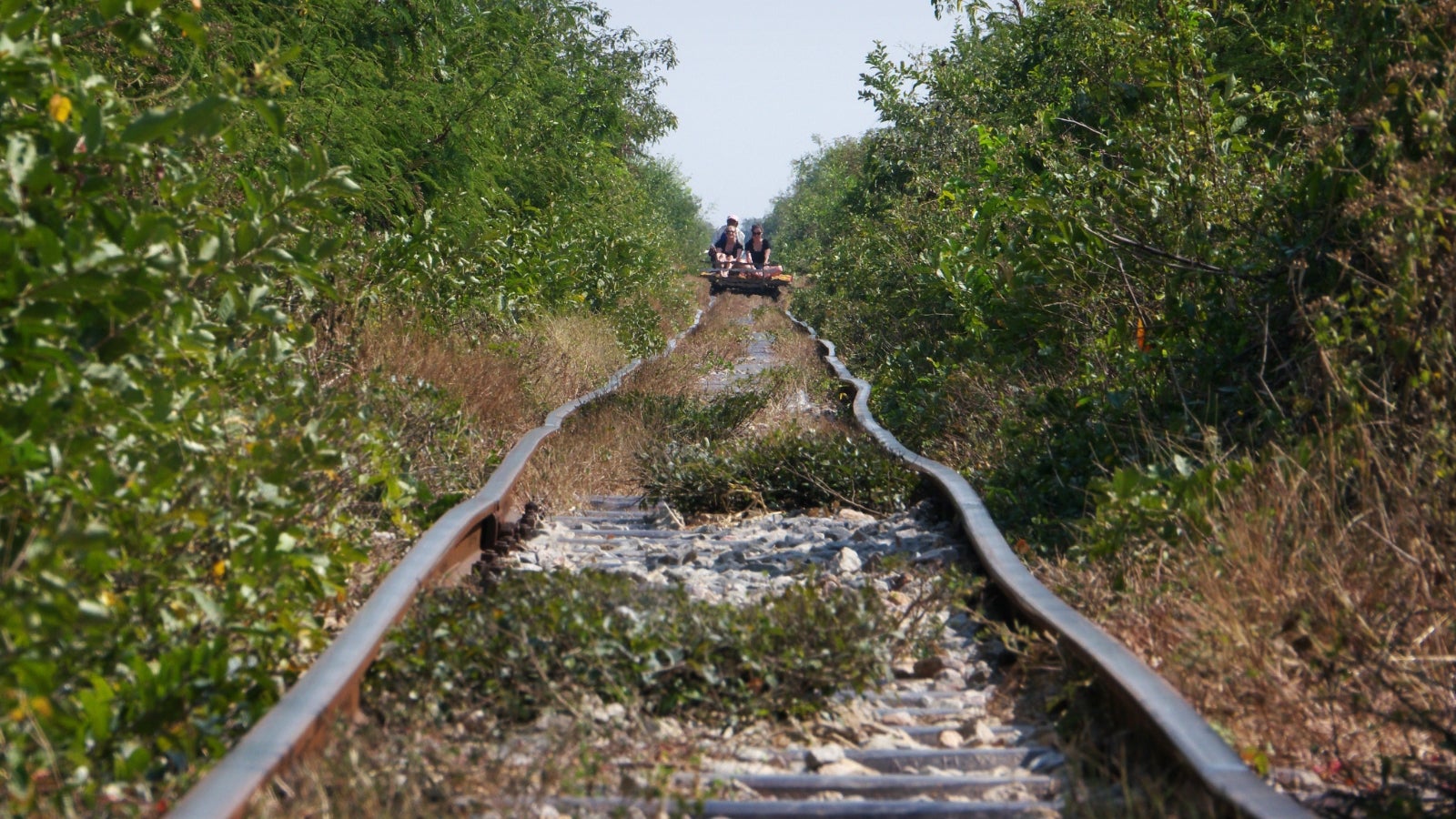Capturing the mechanical response of engineering structures and analyzing product designs can be complicated. Such a response is attributed to several factors, including the materials used, topological properties, and even the nature of external loads. One way of facing this challenge is to systematically tackle the details and build the full picture. In this learning track, titled "Capturing Complex Response of Structures," we introduce constitutive laws that govern both material behavior and the interactions between different bodies. The objective of this track is to connect the dots between different factors affecting a structure's response and learn how they play in tandem to result in a complex response. This learning track is the first step towards studying advanced topics in applied solid mechanics and is based on the strong fundamentals learned in the prior learning track titled "Physics of Structural Mechanics."

Innovation Course
Volumetric and Deviatoric Behavior
Every material, when subjected to an arbitrary load, has the potential to change both its volume and its shape. The extent of these changes depends on the nature of the load and the material itself. In this Ansys Innovation Course on “Volumetric and Deviatoric ...Read more

Innovation Course
Linear Elastic Materials
The most basic form of constitutive material models in engineering applications are those that represent linear elastic behavior. In this Ansys Innovation Course on “Linear Elastic Materials”, we will introduce the simplified 2D and fully 3D mathematical representation of...Read more

Innovation Course
Thermal Strain
Structures deform not only under loading but also under thermal conditions. Most materials expand with increased temperature. In engineering, this cannot be ignored or it will result in unexpected behavior in the designed structures or products. In some extreme cases, local or glob...Read more

Innovation Course
Damping Effects
Have you noticed that the sound intensity of a church bell ring decreases with time or that ripples generated in water by throwing a stone vanishes after some time? Why does that happen? Whenever we talk about oscillatory behavior, we hear the term damping. What is damping and wha...Read more

Innovation Course
Contact Mechanics
The study of the mechanical interaction of structures at their surfaces is essential in many applications. An accurate understanding of stress and deformation arising from contact is critical for the design of reliable, efficient and safe products such as disc brakes, gears and ...Read more

Innovation Course
Metal Plasticity
Metals have played an important role in the development of technology throughout history. One of the preferred features of metals is their ductility, which is the ability to deform under loads without fracture. Such behavior can no longer be captured by a simple linear stress-str...Read more

